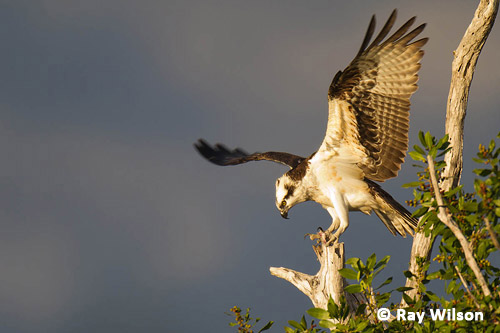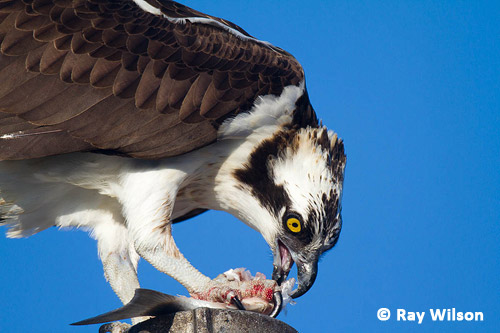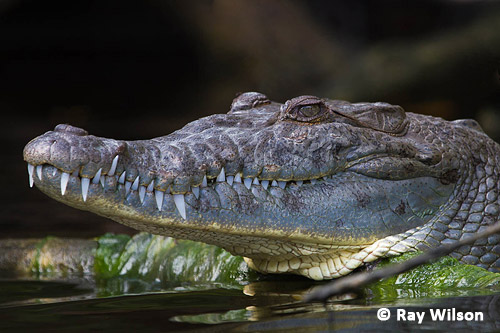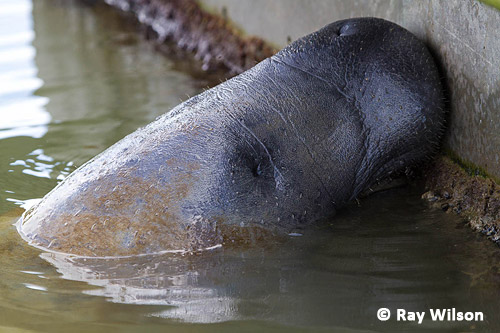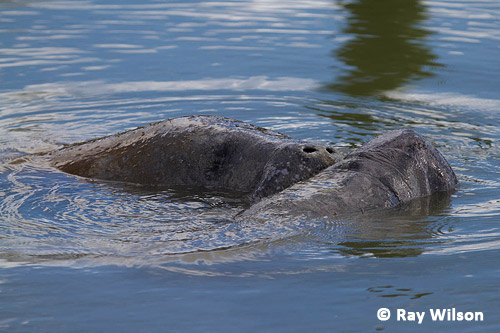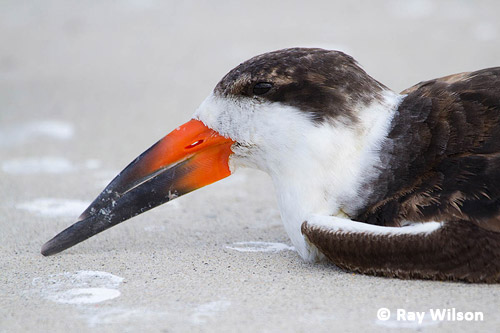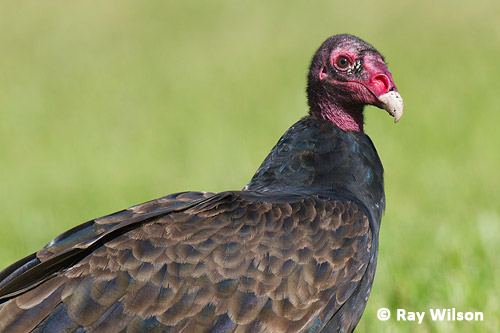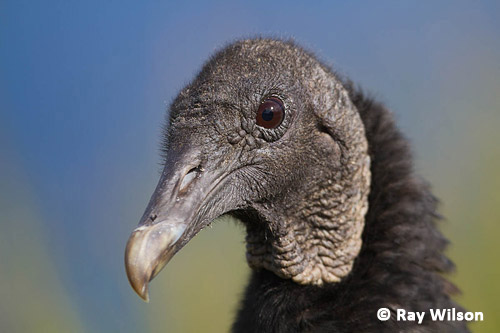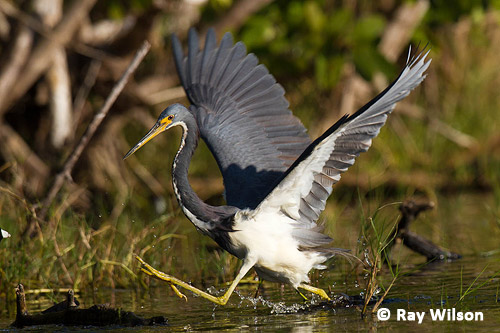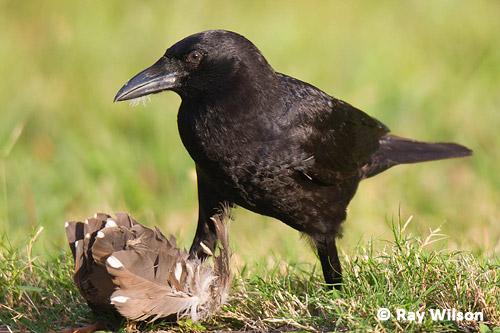
- Home
- Workshops / Tours
- Diary / Blog
- Galleries
- Foreign Trips
- Tasmania 2016
- NE Queensland 2016
- Western Alps 2016
- NE Spain 2016
- Australia's Wet Tropics 2015
- Australia's Top End 2015
- SW Australia 2015
- Switzerland 2015
- Andalucia 2015
- Belize 2015
- Australia 2014
- Switzerland 2014
- Belize 2014
- Bahama Islands 2014
- Switzerland 2013
- Ecuador 2012-2013
- Florida 2011-2012
- Vancouver Island 2011
- Australia 2010
- Peru 2008
- Bulgaria 2007
- Lesvos 2006
- California 2006
- New Zealand 2005
- Extremadura 2005
- Goa, India 2004
- The Gambia 2003
Florida, USA
16th December 2011 - 4th January 2012
Everglades National Park:
Flamingo
Osprey (Pandion haliaetus)
I spent the first week of my trip camping in the Everglades National Park, spending 4 days at Flamingo and 3 at Long Pine Key campgrounds. The Flamingo campground is situated at the end of the main park road, 38miles from the park entrance gate, in the extreme southwest corner of Florida and is a good base from which to explore the western part of the park.
Osprey (Pandion haliaetus)
Ospreys are common and approachable around the Flamingo area, with at least 3 nesting pairs around the marina. Red-shouldered Hawk is also common throughout the area.
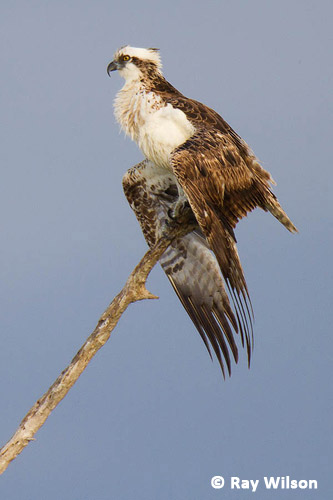 Osprey (Pandion haliaetus) |
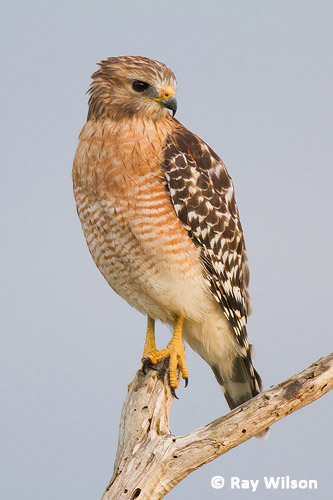 Red-shouldered Hawk (Buteo lineatus) |
American Crocodile is an endangered species that, in the USA, is only found in the extreme south of Florida and the Florida Keys. It is distinguished from the much commoner American Alligator in having a narrower, pointed snout, paler grey skin and the teeth of both jaws are visible when the mouth is closed. I occassionally saw crocodiles in the marina waters but the individual below was photographed while I was kayaking in the backcountry.
American Alligator (Crocodylus acutus)
West Indian Manatees are easily seen around the marina, although the turbid waters rarely allow you to see much more than the animal's nose when it comes up to breath. They did, however, often surface very close to the wharfs and I usually spent a relaxing few hours around lunchtime, when the light had got too harsh for photography, just sitting on the wharf watching the manatees only a couple of metres from me.
Florida Manatee (Trichechus manatus latirostris)
The Florida subspecies is currently listed as endangered due to having a small population (about 2500 individuals in 2008) which is expected to decline by a further 20% over the next 40 years.
Florida Manatees (Trichechus manatus latirostris)
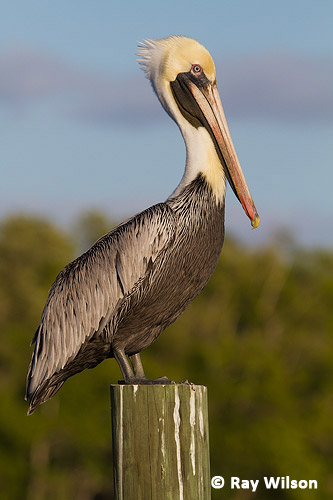 |
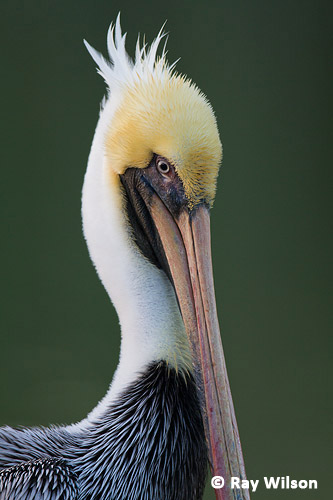 |
Brown Pelican (Pelecanus occidentalis)
Numerous birds also used the wharfs for roosting. These were mostly Laughing Gulls, but there was also a few Royal Terns and a single Black Skimmer among them.
Black Skimmer (Rhynchops niger)
Turkey Vulture (Cathartes aura)
Both Turkey and Black Vultures are common throughout Florida.
Black Vulture (Coragyps atratus)
Black Vultures can be a particular problem at the marina parking lot and boat ramp as they seem to have a fondness for destroying the rubber seals off bodywork, sunroofs and wiper blades from the parked cars.
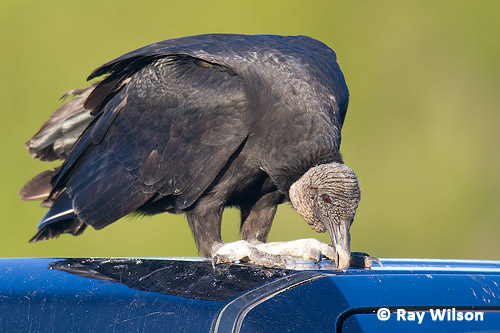
Black Vulture (Coragyps atratus) destroying the rubber seals on the roof of a car
A few egrets and herons usually hung around the boat ramp in the hope of a free handout from returning fishing boats.
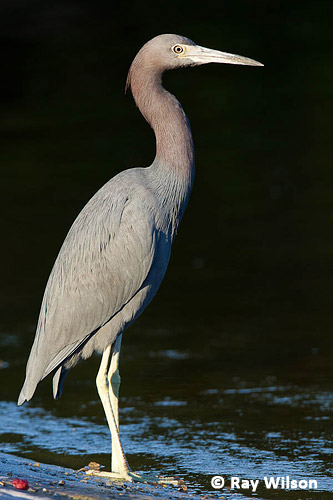
Little Blue Heron (Egretta caerulea) |
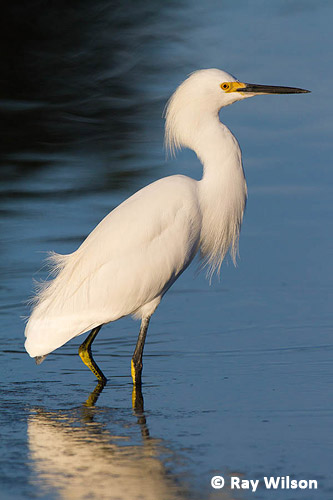
Snowy Egret (Egretta thula) |
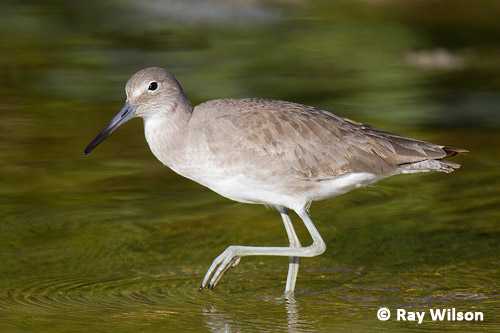
Willet (Catoptrophorus semipalmatus)
Willet and Spotted Sandpipers were also foraging in the shallow waters around the boat ramp.
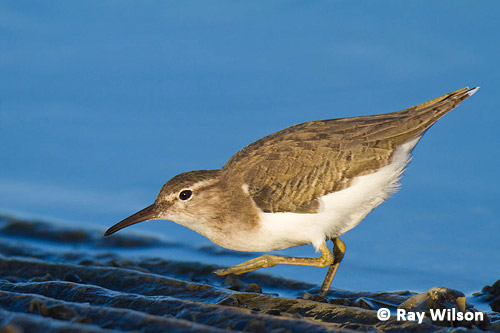
Spotted Sandpiper (Actitis macularia)
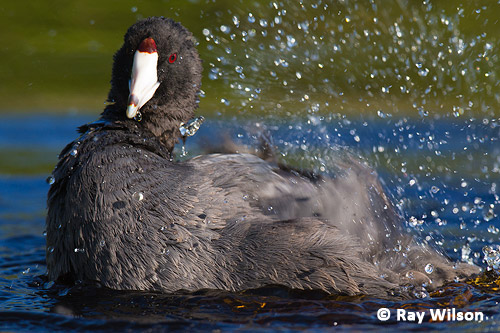
American Coot (Fulica americana)
Mrazek Pond is a good place to photograph waterbirds in the afternoon (the light is in the wrong direction in the morning). The majority of the birds here were American Coot but there were also a few other species, such as Green-winged Teal, Blue-winged Teal, Pied-billed Grebe and Northern Shoveler present.
Tricolored Heron (Egretta tricolor)
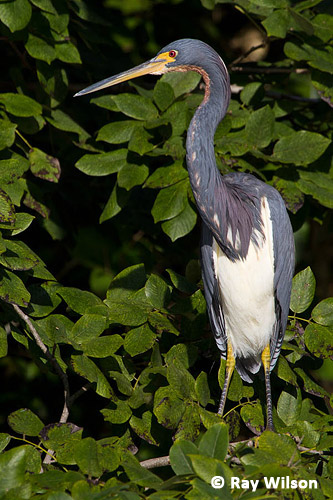
Tricolored Heron (Egretta tricolor) |
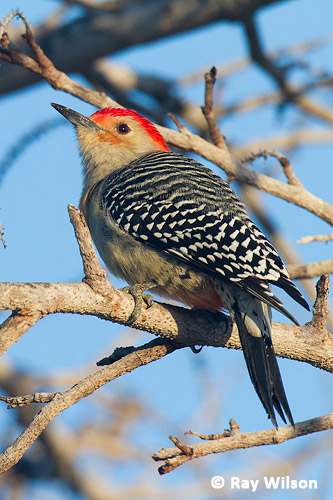
Red-bellied Woodpecker (Melanerpes carolinus) |
Fish Crow (Corvus ossifragus)
Butterflies are numerous around Flamingo with several large, showy species, such as the Gulf Fritillary below, being quite abundant.
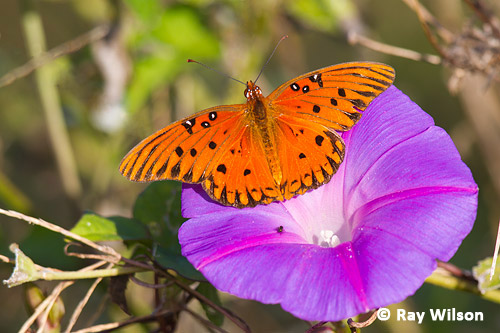
Gulf Fritillary (Agraulis vanillae)
Ray Wilson owns the copyright of all images on this site.
They may not be used or copied in any form without prior written permission.
raywilsonphotography@googlemail.com
